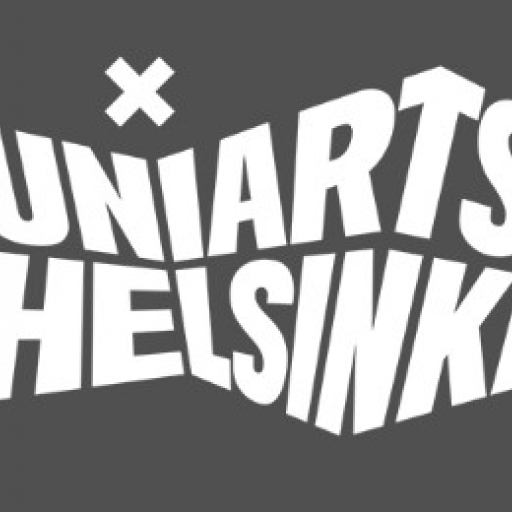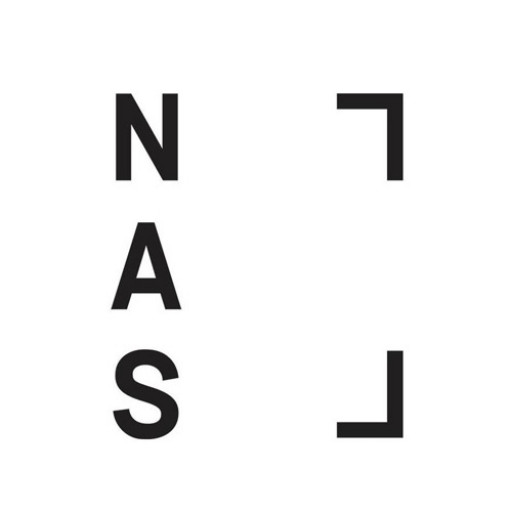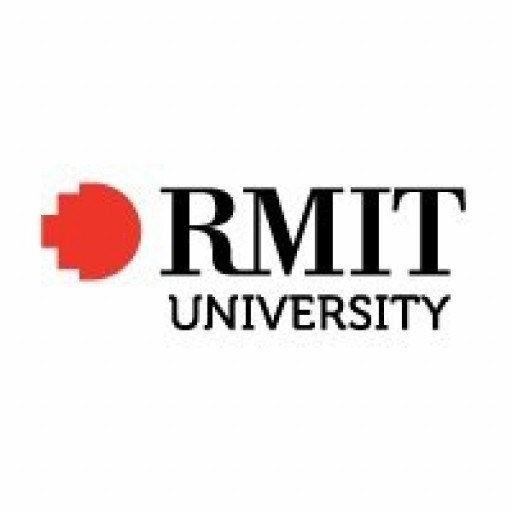Photos of university / #uniartshelsinki
The Bachelor of Fine Arts (BFA) programme at the University of the Arts Helsinki offers an immersive educational experience in the field of visual arts, designed to nurture emerging artists and creative thinkers. This programme provides students with a comprehensive foundation in artistic practices, theories, and critical thinking, enabling them to develop a unique artistic voice and a deep understanding of contemporary art contexts. Throughout their studies, students engage in hands-on studio work across various disciplines, including painting, sculpture, installation, performance, and multimedia art, fostering experimental approaches and innovative projects. The curriculum emphasizes both individual artistic development and integration into the wider art community, encouraging collaboration, dialogue, and participation in exhibitions and art events. In addition to practical skills, students acquire knowledge of art history, contemporary art theories, and digital tools relevant to contemporary artistic production. The programme is supported by a distinguished faculty of practicing artists and scholars who provide personalized mentorship and facilitate connections to the vibrant art scene in Helsinki and beyond. The operational language of the programme is English, attracting international students who seek a dynamic environment for artistic growth. Graduates of the BFA programme are equipped to pursue further studies, establish professional careers as independent artists, or work in arts-related fields such as curating, art administration, and education. The University of the Arts Helsinki’s facilities include state-of-the-art studios, workshops, and exhibition spaces, fostering a creative environment where students can experiment, showcase their work, and build a professional portfolio. Emphasizing sustainability, social engagement, and cultural dialogue, the programme prepares students to contribute meaningfully to the evolving landscape of contemporary art. Overall, the BFA at the University of the Arts Helsinki is a stimulating and supportive platform for aspiring artists to realize their potential and make impactful contributions to the arts community worldwide.
The subject areas in Degree Programme in Fine Arts are sculpture, painting, printmaking, and time and space arts. The time and space arts subject area has three specialisations: Moving Image, Photography, or Site and Situation Specific Art.
- Sculpture
The subject area in sculpture examines the use of three-dimensional space in artistic work. Studies are founded on hands-on work and keeping the traditions of sculpture alive. The focus is also on the command of various approaches in contemporary sculpture, an in-depth understanding of the techniques available and utilising these in the student’s own artistic work.
The instruction in the sculpture subject area contains, in addition to installations and works of art located in galleries or museums, the exploration of time, space and situation specific processes. Furthermore, the subject area emphasizes understanding of public space and works placed in public spaces. The main emphasis of the studies is in the independent artistic work of the student, advised through discussions, critique sessions and seminar work. The objectives of independent artistic work are to support the expression and concepts of the student and the development of creative problem solving abilities.
Thematic lectures in sculpture as well as artist-led projects and workshops organised both in Finland and abroad contribute to the studies on the basics of artistic tools and methods, intended for all students, introducing the materials, techniques and working methods in sculpture.
- Painting
The contents of the workshops, studio visits and study trips reflect the perspectives of the teaching staff as well as the fields of art of their expertise. In other words, no 'philosopher's stone' can be offered on the contents of contemporary painting; instead, they reflect the artists’ cultured and varied insights. A common denominator can be found in the background of the individual themes in the form of the general features of contemporary art, such as its site-specificity and interpretation of the works of art in the framework of society and the theories from different scientific disciplines. Painting, furthermore, has a much longer history than, for example, moving image, and this is visible in the instruction in the great number of points of comparison brought up in the history of art.
Tuition in the study programme has constant connections, in other words, to other fields and disciplines in the arts, as does contemporary painting. The instruction aims at extending the students’ views on what painting could be, what it might mean and all the ways in which it is connected to all those things that are not painting.
Instruction in painting is not, for the main part, theoretical: the primary focus is on seminars, where student works are discussed in small groups every week, and the importance of independent artistic work is considered the to be the first and foremost priority, including studio work and teachers – renowned artists – visiting the studios. In addition, instruction in the study module of Material Studies is renowned for its high quality.
The instruction in the printmaking subject area explores the methods of print media, printmaking, in relation to its tradition, reinterpretations and its significance as a part of contemporary art.
- Printmaking
The processes of artistic activities are approached as an attitude and outlook that take into consideration the duality of the art of print-making. The printing block and the imprint cre-ated are both present in the process. Tradition-ally, the imprint has referred to a paper print, but in contemporary printmaking it can refer to various other forms. The duality of the approach also results in new practices of contemporary art in the exhibition of printmaking, such as installations, animations and experimental film.
A major part of the studies is made up of the student’s own individual artistic work, with the interaction between the student and teachers and personal discussions as essential features. The objective is to develop the student’s own vision in such a manner that the expression is in control of the method, not vice versa.
The purpose of the subject area of Printmaking is to provide the student with comprehensive skills and knowledge of the expressive possibilities, various methods and material basics of printmaking. Students are challenged to seek their own artistic solutions and expressions. Exhibition visits, lectures and artist introductions, meetings with critics and studio visits are all part of the instruction.
- Time and Space Arts
The instruction in the subject area of time and space arts focuses on the spatial, conceptual and bodily dimensions of artistic activities. The starting point is that art is, by nature, processes and events. The time and space arts have a tendency to reach outwards and they contain the element of constant exploration and experiments. The artistic work has strong connections to media and visual culture and to the extending field of the fine arts, in which the artist’s role can take many forms.
The student can place emphasis on one of the three specialisations of the subject area: moving image, photography, or site and situation specific art. The objective of this subject area is to provide the students with a thorough understanding of these fields of art as well as provide insight to the manners in which they are interconnected and linked to the general history and theory of art. Instruction in the Time and Space Arts is composed of courses, workshops, seminars and independent artistic work supported and monitored during individual contact sessions of instruction. In addition to the permanent teaching staff, instruction is given by a num-ber of visiting artists.
Students are encouraged to find their own approach and to experiment with new methods of epression as well as to explore the possibilities that time, space and installations offer. The work can also have performative, inclusive and social elements. The final work of art can take the form of an intervention, installation, performance or a video, photography or audio work, among other possibilities. The objective of the work is to render the sensitivity of observation and develop critical thinking. Through practice and theory, students are encouraged to find their own strengths, methods and contents of their artistic work. This is a way to promote the students’ artistic work and thinking.
Application period to two year Master's studies begins on 8 August 2018 and ends on 22 August 2018 at 3 pm Finnish time. In 2018 new MFA students are admitted to both; the degree programme in Fine Arts and Praxis Master's programme in Exhibition Studies.
The Academy of Fine Arts does not have separate requirements for international applicants; all applicants follow the same guidelines which can be found in the admission guide.
The Academy of Fine Arts checks each applicants’ eligibility to apply after the application period has ended. Adequate language proficiency affects the eligibility to apply. All applicants receive an email on their eligibility on week 11. Only applicants found eligible to apply are requested to submit work samples to the Academy of Fine Arts. Applicant who is not satisfied with the decisions made in the student selections can request for a written rectification from the Academy of Fine Arts’ Dean. A written request for rectification should be submitted to the Admission Services (kuva.admissions@uniarts.fi) within 14 days of the publication of the decision.
How to prove your english proficiency
- TOEFL (IBT = Internet Based Test, PBT = Paper Based Test) ≈ Total score: 73 (IBT), 533 (PBT)
- IELTS (Academic) ≈ Overall Band Score: 5.5
- Cambridge FCE/CAE/CPE (FCE=First Certificate in English, CAE = Certificate of Advanced English, CPE = Certificate of Proficiency in English) ≈ Grades accepted: A, B, C
- Pearson Test of English (Academic) ≈ Total Score: 43 IELTS, TOEFL and PTE test results are valid for two years from the test date. Cambridge results are valid indefinitely. Test results are to be valid when the applicant submits them to the Academy of Fine Arts.
The admission procedure for the 5,5 year programme is divided into two phases. In the first phase the admission jury chooses the applicants to be invited to the admission course, based on the work samples and the applications and their appendices submitted by the applicants. In the second phase, after the admission course, the admission jury selects the applicants proposed to be selected, based on the work samples and the work demonstrated by the student at the admission course.
The application period begins on 9 January 2018 and ends on 24 January 2018 at 3 pm Finnish time. During the application period, fill in an electronic application form at www.studyinfo.fi and print out a paper copy of your electronic application form. An application is to include the following components:
- A paper copy of the electronic application. And the following appendices
- A short motivational letter, in which you describe why you wish to study at the Academy of Fine Arts and what you expect from the studies. NB. applicants are to write the letter in the language which proficiency they have demonstrated.
- Copy of the documents demonstrating the applicant’s language proficiency (Please see the chapter Language requirements in education leading to Bachelor and Master of Fine Arts degree). Applications and appendices are to be at the Academy of Fine Arts no later than 3.00 pm Finnish time on 24 January 2018. A postal stamp of that date will not suffice.
From 1st August 2017 onwards, the University of the Arts Helsinki will charge tuition fees from non-EU and EEA students studying for a degree in a foreign language, at the Academy of Fine Arts this means studies conducted in English. The amount of the annual tuition fee will be 5,000 euros. The fee is the same for Bachelor’s and Master’s students. The University of the Arts Helsinki will introduce a scholarship programme in the form of tuition fee waivers, which aims to promote student recruitment and provide financial support for students who need it.
The Bachelor’s degree in Fine Arts at the University of the Arts Helsinki offers students a comprehensive education in visual arts, emphasizing both individual artistic development and the development of a strong understanding of contemporary art practices. The program is designed to foster creativity, critical thinking, and technical skills across a variety of media and disciplines, including painting, sculpture, installation, video, and new media art. Students have the opportunity to experiment with different techniques, concepts, and approaches to art-making, encouraging an innovative and explorative mindset. The curriculum combines studio practice with theoretical studies, including art history, philosophy, and contemporary debates within the art world, ensuring graduates are well-equipped to contribute meaningfully to cultural discussions and artistic communities.
The program encourages interaction with the vibrant art scene in Helsinki, providing students with access to exhibitions, artist talks, and collaborative projects. As part of their education, students participate in exhibitions, competitions, and workshops that enhance their professional skills and help them build a network within the art community. The teaching staff comprises experienced artists and educators who provide mentorship and feedback tailored to individual artistic journeys. In addition, the university emphasizes a multidisciplinary approach, supporting students in integrating various media and techniques into their work, which prepares them for varied career paths such as independent art practice, working in galleries and museums, or engaging with public art projects.
The university provides state-of-the-art facilities, including well-equipped studios, digital labs, and exhibition spaces that enable students to realize complex projects. The program emphasizes sustainability and social responsibility, encouraging students to consider the impact of their work on society and the environment. International exchange programs offer students opportunities to expand their horizons and collaborate with peers globally. Upon graduation, students are prepared to present their work professionally, participate in the international art scene, and pursue further studies if desired. Overall, the Bachelor’s programme in Fine Arts at the University of the Arts Helsinki aims to develop versatile artists who contribute innovatively to the arts and society.




